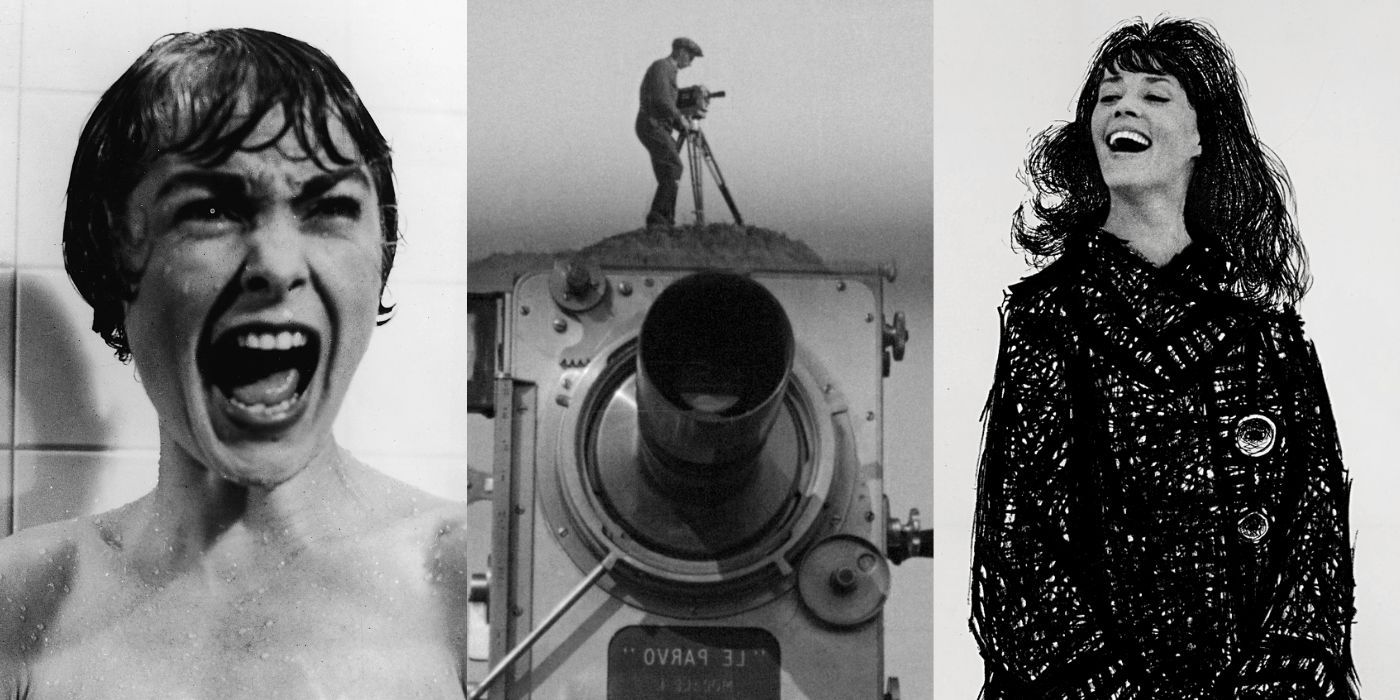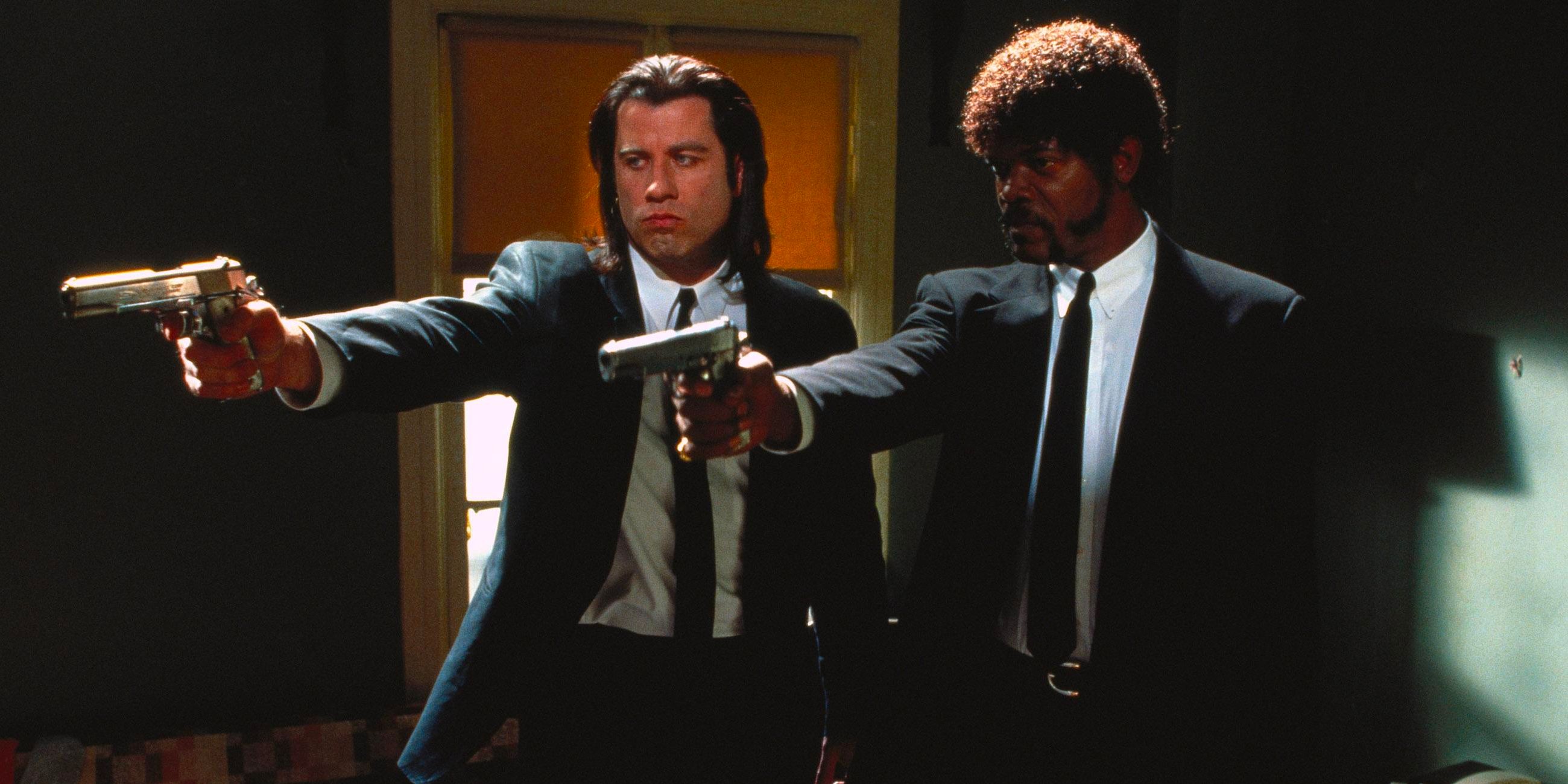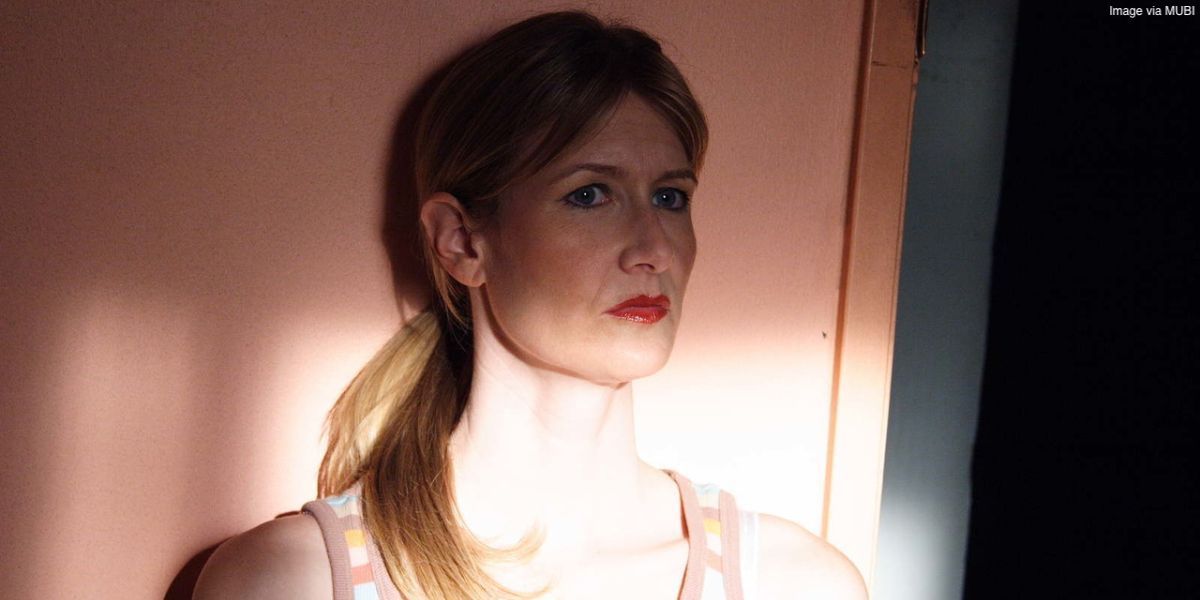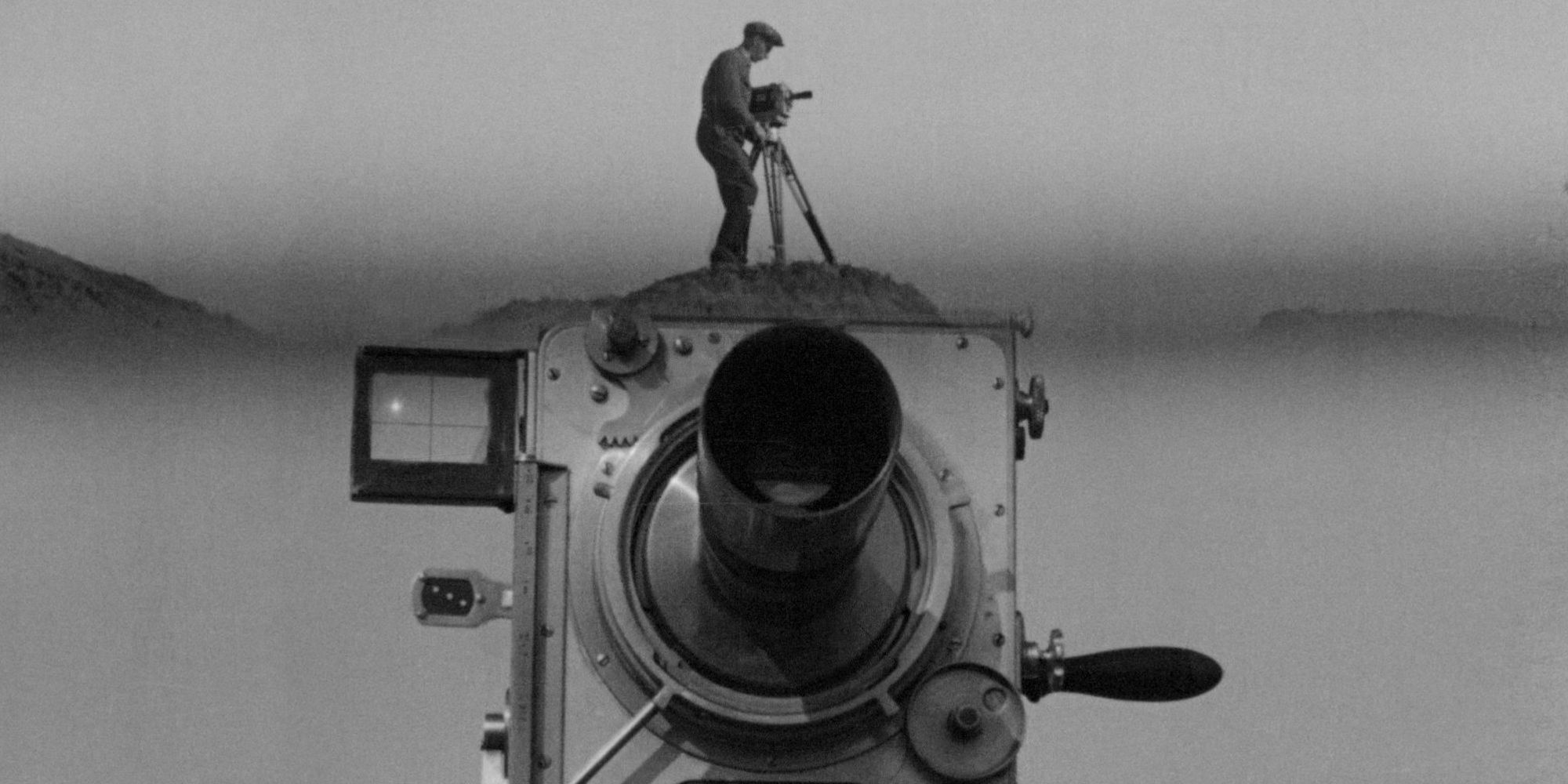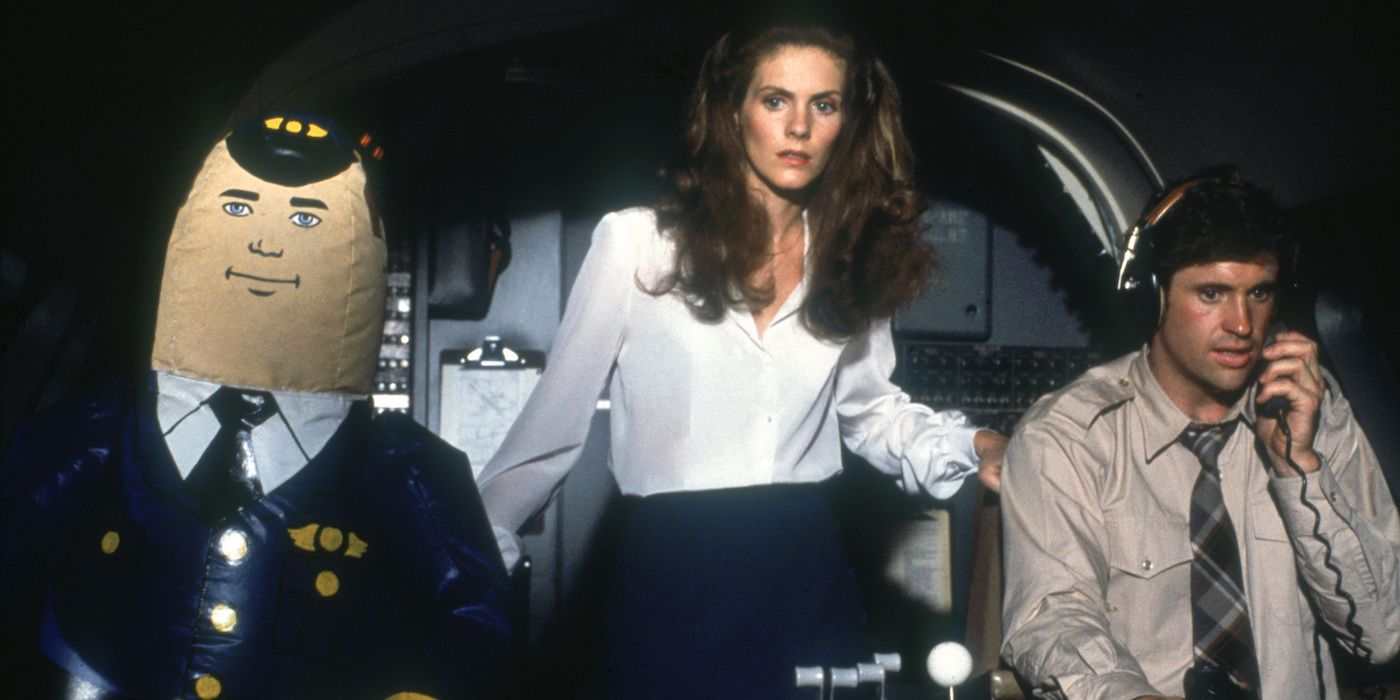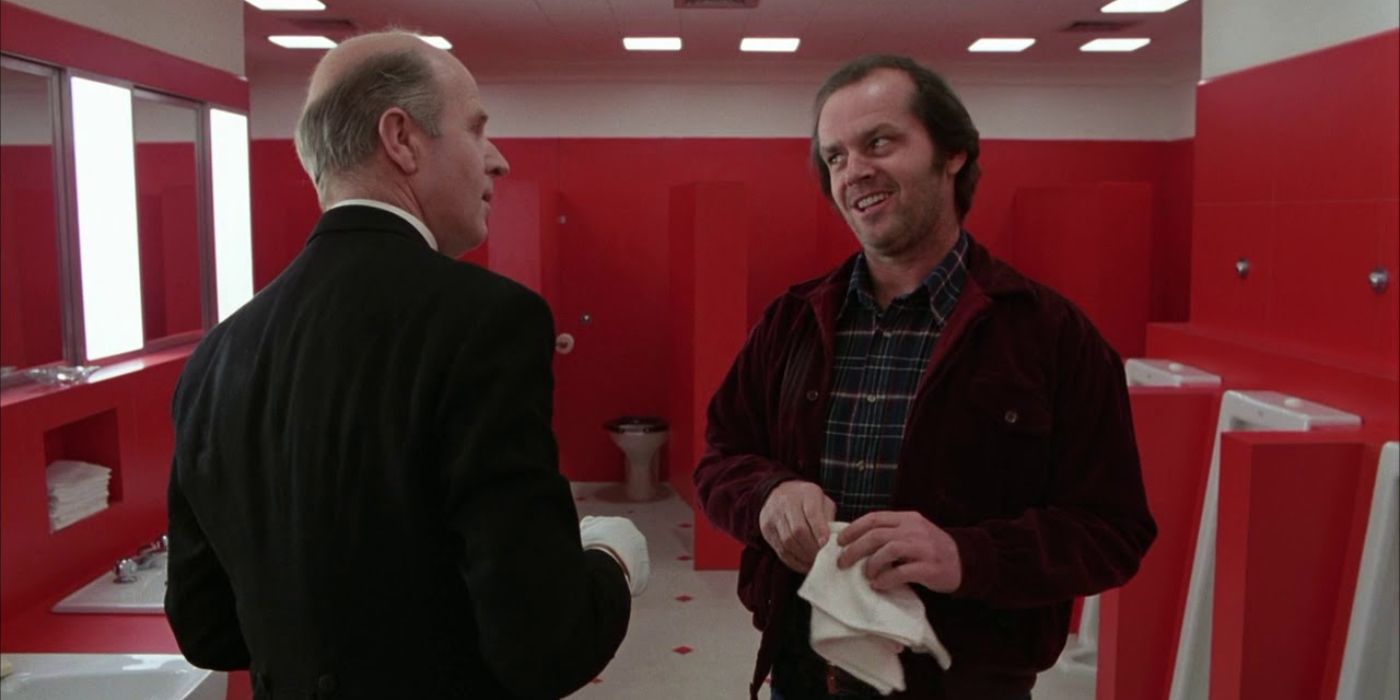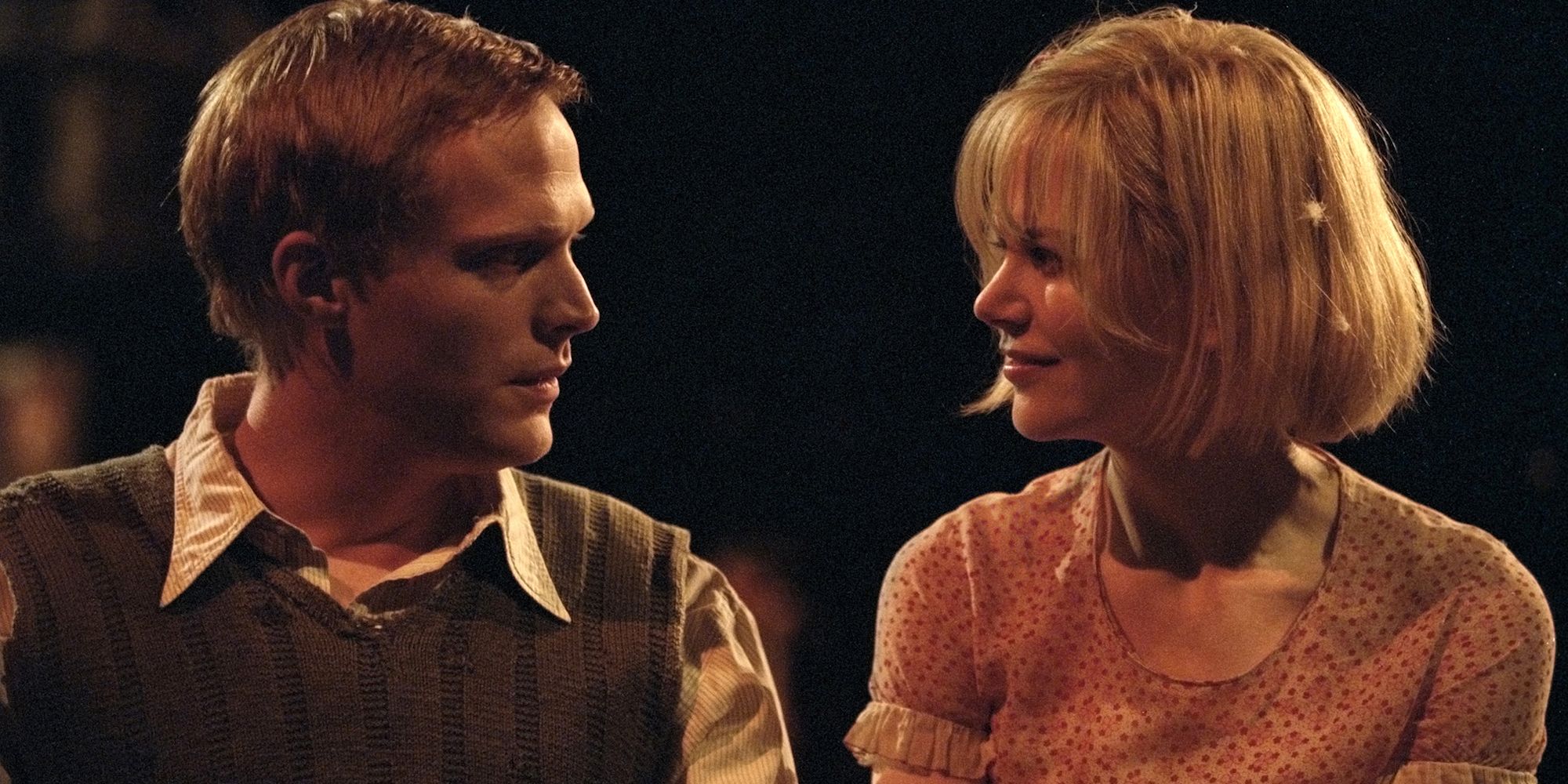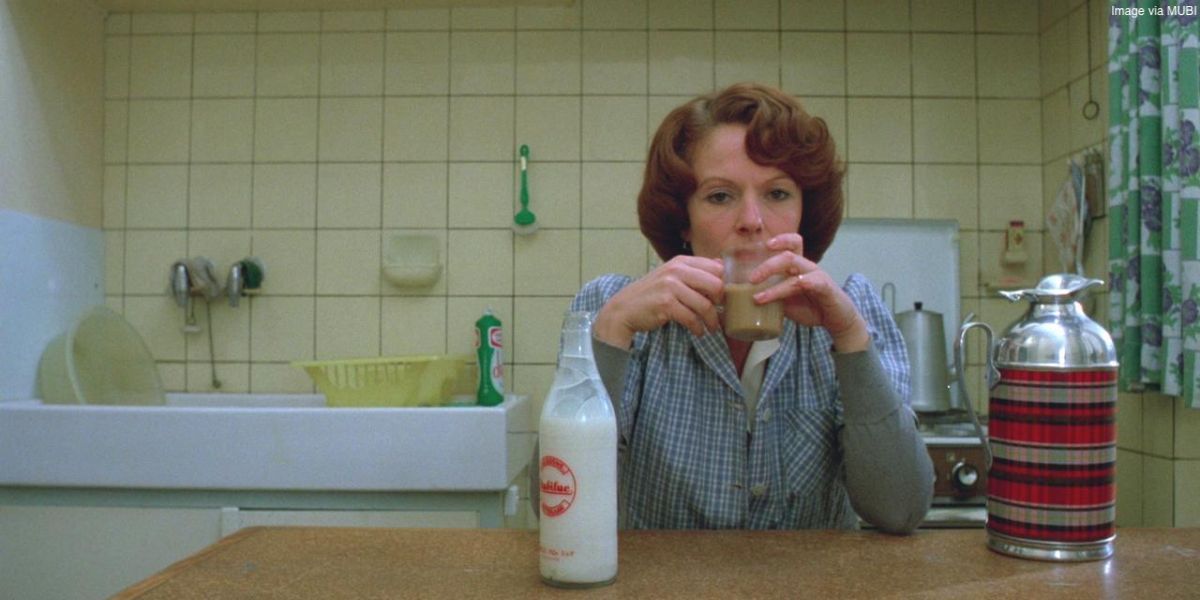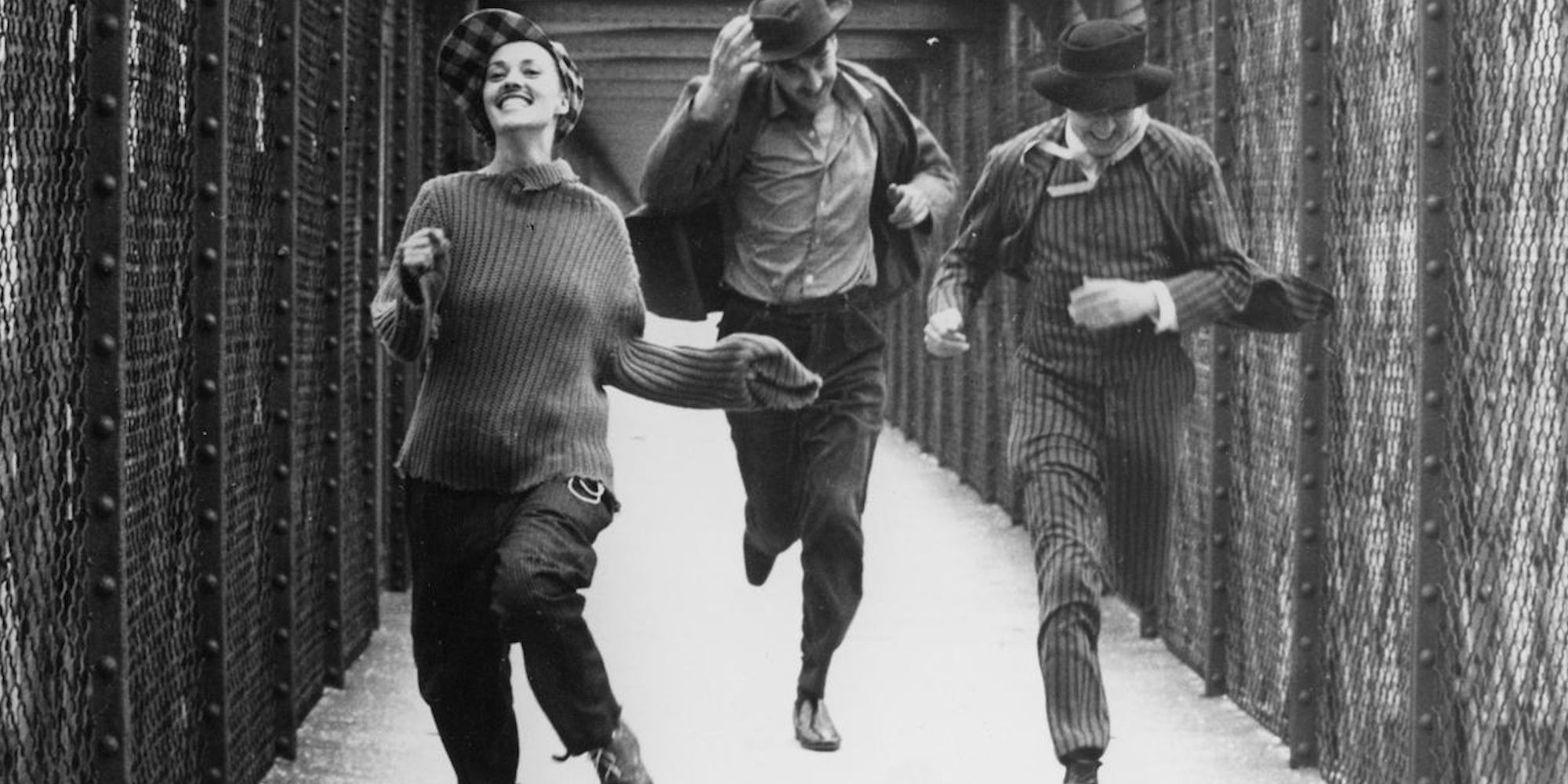Read update
- With remarkably unique recent releases like Tár and Triangle of Sadness, it's obvious that filmmakers continue to push the boundaries and break the rules of the industry. There's no shortage of legendary classics that played important roles in both shaping and changing these cinematic rules, with the most innovative and (then) controversial among them still influencing movies today.
“Rules are made to be broken” rings true to many artists and filmmakers. Though certain rules and standards must be considered in producing a film, many filmmakers have defied that and made their own rules instead. As filmmaking is an art and is subjective, artists feel they can use the platform as a blank canvas and fill it any way they want, even if it means breaking the structure of the Hero’s Journey, the rule of thirds, the 180-degree rule, and others.
While some rule-breaking films have not fully succeeded in their endeavors, others, have broken the rules in the best ways possible. Whether it's through innovative cinematography and unconventional characters or broken taboos and groundbreaking storylines, these movies have made their mark on cinematic history for changing the game.
Updated on December 9th, 2022, by Hannah Saab:
With remarkably unique recent releases like Tár and Triangle of Sadness, it's obvious that filmmakers continue to push the boundaries and break the rules of the industry. There's no shortage of legendary classics that played important roles in both shaping and changing these cinematic rules, with the most innovative and (then) controversial among them still influencing movies today.
'Pulp Fiction' (1994)
Available to stream on HBO Max.
The story of two hitmen, Vincent Vega (John Travolta) and Jules Winnfield (Samuel L. Jackson), is interwoven with their boss, Marsellus Wallace (Ving Rhames), his actress wife Mia (Uma Thurman), boxer Butch Coolidge (Bruce Willis), cleaner Winston Wolfe (Harvey Keitel), and a pair of armed robbers Pumpkin (Tim Roth) and Honey Bunny (Amanda Plummer).
Unlike many films, Pulp Fiction is told in a non-linear structure which consists of seven sequences. And though it seems like a non-linear structure is what has broken the rule of filmmaking, it is the heavy dialogues that stand out most. In screenwriting, a rule of thumb is not to overdo the dialogue in a script, but that’s what Tarantino decided for Pulp Fiction (and many of his other films), and it worked.
'Inland Empire' (2006)
Anyone who knows David Lynch knows he is the master of surrealist filmmaking. In his last feature film Inland Empire, the life of an actor named Nikki Grace (Laura Dern) becomes entwined with the life of her film character, Sue Blue. As we follow the surreal journeys of Nikki Grace and Sue Blue, things get stranger by the minute.
While a film usually consists of a coherent plot, many Lynch films, such as Inland Empire, lack a logical plot. We often question the things happening in his film. But what makes Lynch great is his ability to confuse and dazzle his audience at the same time.
'Man with a Movie Camera' (1929)
Available to stream on Kanopy.
Man with a Movie Camera is an experimental silent Soviet documentary film directed by Dziga Vertov, filmed by his brother Mikhail Kaufman, and edited by Vertof’s wife, Yelizaveta Svilova. The film depicts urban life in Moscow and Ukrainian cities such as Kyiv and Odesa during the 1920s. With a running time of 60 minutes long, Man with a Movie Camera doesn’t necessarily count as a feature film, as the average running time of a movie is between 90 and 120 minutes long.
The film has no lead actors and clear plot lines and is more of a compilation and documentation of a day in the lives of Russian and Ukrainian civilians. Despite not being considered a film by some, Vertov and his film have been credited for inventing and employing many cinematic techniques such as multiple exposures, fast/slow motion, freeze frames, match cuts, jump cuts, split screens, and Dutch angles.
'Airplane!' (1980)
Available to stream on HBO Max.
Airplane!, as its title suggests, is a spoof comedy film that funnily mocks the line-up of disaster movies that were released during the ‘70s. When the passengers and crew, including the pilots of a plane, gets food poisoning, an ex-fighter pilot with a drinking problem, Ted Striker (Robert Hays), and his ex-girlfriend, now flight attendant Elaine (Julie Hagerty), have to bring the plane to a safe landing.
Although Airplane! is not the first film to have broken the fourth wall, it has, among many films that have also used the technique, renowned for looking directly at the audience to amplify its comedy. Since its release, Airplane! has been ranked one of the funniest comedies and greatest movies of all time by various outlets such as Empire magazine and Bravo.
'The Shining' (1980)
Available to stream on HBO Max.
Based on the Stephen King novel of the same name, Kubrick’s The Shining has remained one of the most iconic psychological horror films to date. As a director, Stanley Kubrick was known for his liking for visual symmetry, which he frequently used in his films. While Kubrick maintained visual symmetry in many scenes of The Shining, he also broke the 180-degree rule of filmmaking. According to Early Light Media, breaking the 180-degree rule occurs when the audience believes that an on-screen character “has magically flipped around from their original position when in reality they haven’t moved at all.”
Breaking the 180-degree rule is usually not considered an ideal move to make in films as it can disorient a viewer’s viewpoint and perspective of the scene and action. Over the years, however, many filmmakers have chosen to break the rule to create confusion or show an abrupt mood shift in the story. In some ways, breaking the rule can enhance the story or the characters.
'Dogville' (2003)
Lars von Trier’s Dogville is set in a minimalist small town on a literal soundstage, where the story is broken into nine chapters and a prologue. The film revolves around a girl, Grace Mulligan (Nicole Kidman), who is an outsider in a small American town. The experimental film garnered mixed reviews upon its release due to the director’s unconventional choices, such as setting the film on a soundstage with minimalist scenery.
While some praised the film as an innovative artistic statement, others felt it was too emotionally detached, some even calling it misanthropic (anti-human) and merely an exhausting three-hour-long film full of useless experimentation. Either way, it's known for having broken many cinematic rules.
'Mirror' (1975)
Available to stream on The Criterion Channel.
Andrei Tarkovsky, considered one of the greatest filmmakers of all time, directed the film Mirror. The film, told in a non-linear narrative, reveals the memories of a dying poet and his personal experiences of Soviet culture. Mirror constantly slips between black-and-white, color, and sepia—depicted as if in a dream-like state, bouncing between dreams and nightmares.
While some are not so keen on the film as they found the story unclear and unfocused, others refer to it as one of the greatest films ever made. A 2012 Sight & Sound poll ranked Mirror as the 19th greatest film of all time, English journalist Will Self calls it “the most beautiful film ever made,” and the British Film Institute noted the film “pioneered a poetic and richly allusive form.”
'Jeanne Dielman, 23 Quai du Commerce, 1080 Bruxelles' (1975)
Available to stream on HBO Max and The Criterion Channel.
Jeanne Dielman, 23 Quai du Commerce, 1080 Bruxelles, a Belgian film, depicts a day in the life of a housewife, Jeanne Dielman (Delphine Seyrig). Over the span of three days, Jeanne Dielman, 23 Quai du Commerce, 1080 Bruxelles, portrays the scheduled and repetitive tasks a housewife has to do every day; cooking, cleaning, and taking care of her children. As part of her everyday routine and source of income, Jeanne also has sex with her male clients each afternoon.
Director Chantal Akerman could leave viewers fascinated with sequences usually left out of movies. Akerman called the movie “a love film for my mother. |t gives recognition to that kind of woman.” Akerman also felt that it was the right time to make a female-centric film because “at that point, everybody was talking about women" and that it was "the right time.”
'Jules et Jim' (1962)
Available to stream on HBO Max, The Criterion Channel and Kanopy.
Among the best films from the French New Wave movement in cinema, Jules et Jim is an award-winning masterpiece directed, produced and written by François Truffaut. It revolves around an unconventional and tragic love triangle between the Bohemian Jim (Henri Serre), his awkward buddy Jules (Oskar Werner), and Jules's partner Catherine (Jeanne Moreau).
Truffaut's incredible film looks and sounds like a typical romantic comedy (as audiences know it today), with gleeful montages, light-hearted narration and happy music. It breaks the rules by being paradoxical, as the story itself – along with the dialogue and characterization – has a surprising emotionality and profoundness that leaves viewers with a heavy feeling. That's not even mentioning the fact that it was considered sexually transgressive at that time thanks to Catherine's arc.
'Psycho' (1960)
Available to rent on Apple TV.
Director Alfred Hitchcock's Psycho is an iconic psychological thriller that needs no introduction. The culturally significant film is often considered one of the earliest examples of a slasher movie, as it follows the thieving secretary Marion Crane (Janet Leigh) on the run before stopping at the Bates Motel. There, she meets the eccentric proprietor Norman Bates (Anthony Perkins), who has a bizarre hobby and a seemingly messy relationship with his mother.
Psycho broke so many rules and pushed the limits of what was allowed to be shown on the big screen. Aside from its scandalous levels of violence (notably the legendary shower scene) and portrayals of sexuality (with two individuals who are not married shown on the same bed), it also became the first mainstream film to depict a flushing toilet.

